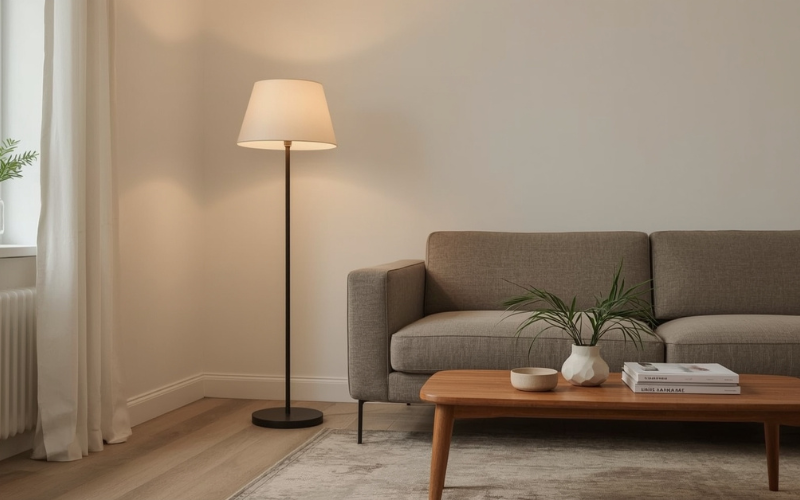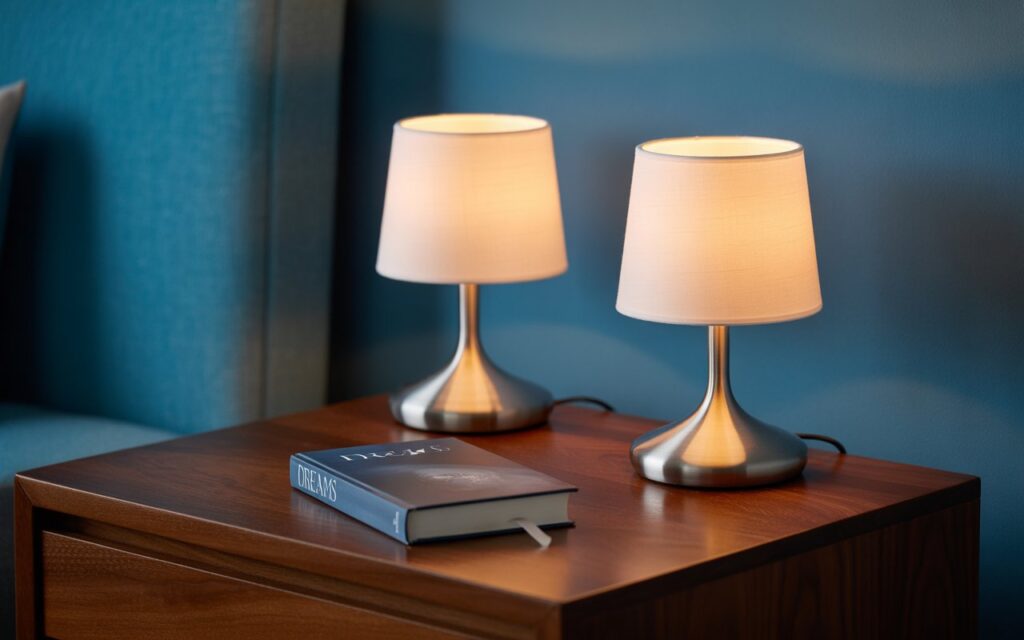
Introdection
Jellyfish lamp instructions are comprehensive guidelines designed to help you maximize your decorative jellyfish aquarium lamp experience. Whether you’ve just purchased your first lamp or need a quick reference, this complete guide covers everything from unboxing to troubleshooting. Jellyfish lamps have become increasingly popular as ambient lighting and meditation tools, and understanding the proper setup and maintenance ensures your lamp delivers years of enchanting, colorful displays.
Table of Contents
1. Understanding Your Jellyfish Lamp Instructions Guide
Before diving into technical details, it’s important to understand what jellyfish lamp instructions actually cover. These guidelines provide step-by-step directions for assembly, water preparation, jellyfish placement, and operational features. Most manuals come in multiple languages and include helpful diagrams to clarify each process. The typical jellyfish lamp instructions document addresses common questions about water type, lighting functions, battery requirements, and general care. Understanding these fundamentals helps you avoid costly mistakes and ensures your lamp operates smoothly from day one. Many users skip reading the manual altogether, which often leads to improper setup, cloudy water, or malfunctioning lights. Taking time to review your instructions thoroughly before your first use prevents frustration and maximizes your investment. Whether your lamp uses LED technology, color-changing features, or remote controls, the jellyfish lamp instructions will detail each component and its specific function.
2. Unboxing and Initial Setup
When you first receive your jellyfish lamp, unboxing properly sets the stage for successful operation. Start by carefully removing all components from the box and checking them against your checklist. Typical components include the main lamp body, lid, jellyfish replicas, batteries or USB cable, remote control, and the instruction manual. Inspect each piece for damage before proceeding—if anything appears broken, consult your jellyfish lamp instructions for warranty information. Clear your workspace and gather supplies such as distilled water, a measuring cup, and soft cloths. Place the lamp on a stable, flat surface away from edges, pets, and children to prevent accidents. Read through all relevant sections of your jellyfish lamp instructions before assembling anything, as some steps must occur in a specific order. This preparation phase, though seemingly simple, is crucial for avoiding damage to your new lamp.
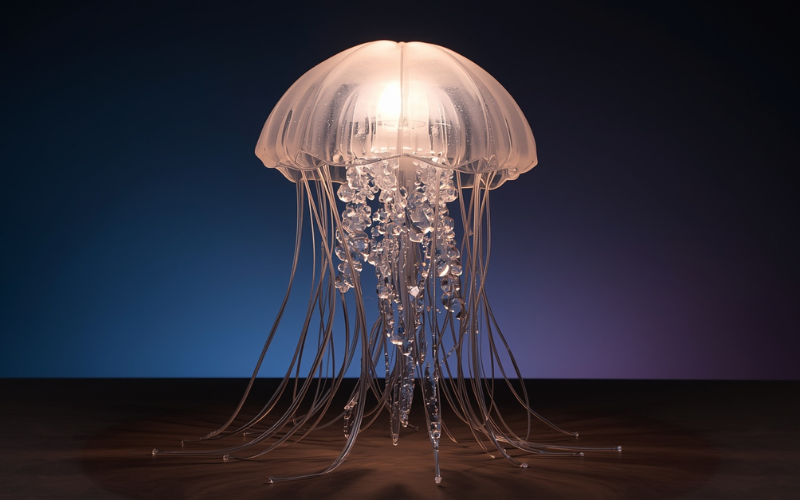
3. Water Preparation for Optimal Performance
Water quality is absolutely critical for your lamp’s performance, and your jellyfish lamp instructions emphasize this extensively. The type of water you use directly affects clarity, jellyfish movement, and overall longevity. Most jellyfish lamp instructions specify using distilled or deionized water for the clearest results. Fill your lamp to the level recommended in your manual, usually about one inch below the top rim to prevent overflow. Adding a small amount of liquid dish detergent is a key step—this reduces surface tension and helps jellyfish move smoothly. Your jellyfish lamp instructions will specify exactly how many drops to add, typically between one and three. Avoid using filtered refrigerator water or mineral-rich tap water, as these can cause cloudiness. Let the water sit for a few minutes before adding jellyfish, allowing air bubbles to settle. Checking water clarity before turning on lights is an important step that ensures proper operation.
4. Placing and Positioning Jellyfish Correctly
Proper jellyfish placement directly impacts your lamp’s visual appeal and movement quality. Gently lower each jellyfish replica into the water, ensuring they are fully submerged as specified in your jellyfish lamp instructions. Most manuals advise using three to six jellyfish pieces, depending on your lamp model. Avoid dropping jellyfish or forcing them underwater, as this can trap excessive air bubbles that prevent smooth movement. Position jellyfish evenly around the lamp’s interior, distributing them so they won’t bump against each other constantly. Some jellyfish lamp instructions recommend gently tilting the lamp from side to side to help jellyfish settle naturally. If a jellyfish seems stuck to the bottom, use a soft stick or straw to gently nudge it loose. Check that all jellyfish are oriented correctly—tentacles facing downward. Allow several minutes for jellyfish to adjust before turning on your lamp.
5. Operating Your Lamp’s Features and Controls
Understanding how to use your lamp’s features requires attention to your instruction manual and control sections. Most modern jellyfish lamp instructions describe remote controls with buttons for power, brightness, color selection, and special effects like flash, fade, or strobe modes. The power button activates the pump and lights simultaneously. Brightness controls allow you to adjust light intensity from subtle ambient glow to full brightness. Color-changing models often feature RGB or RGBW technology, allowing you to select specific colors or create custom combinations. Timer functions let you set automatic shutoff after 4, 8, or 12 hours of continuous operation. Effect modes cycle through light patterns and can be toggled based on your preference. Carefully reviewing your manual ensures you get the full entertainment and aesthetic value from your investment.
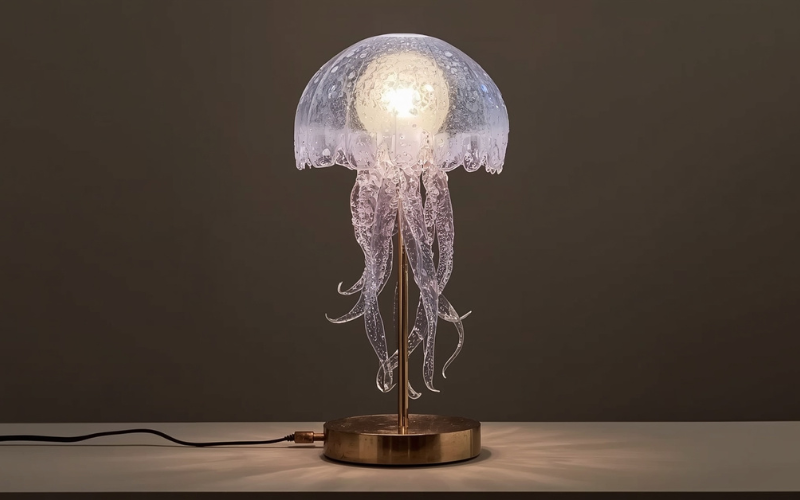
5. Maintenance and Cleaning Routines
Regular maintenance keeps your lamp functioning beautifully for years to come. Water changes are essential and should occur every one to two weeks according to standard care guidelines. To change water, first power off your lamp and allow it to cool if it’s been running. Carefully pour out the old water, then gently remove the jellyfish and set them on a clean paper towel. Rinse the lamp interior gently with distilled water, being careful not to damage interior mechanisms. Clean the jellyfish with soft water and place them back inside the fresh water you’ve prepared. Check the filter screen if your lamp has one—gently brush it with a soft toothbrush to remove debris. Wipe down the exterior with a soft, dry cloth to maintain appearance. Consistent maintenance prevents algae growth and keeps your lamp looking spectacular.
6. Troubleshooting Common Issues
Problems occasionally arise with jellyfish lamps, and most manuals include helpful troubleshooting sections. If jellyfish aren’t moving smoothly, first check water clarity and jellyfish positioning. Cloudy or discolored water requires an immediate water change. If the lamp won’t turn on, check battery connections and replace batteries if needed. Overheating can occur with continuous use, so power off after 4 hours and allow a 1-hour cool-down period. Jellyfish floating upside down may indicate excessive air bubbles—try gentle tilting or water replacement. LED lights not illuminating properly may require checking light adjustment or reset procedures per your jellyfish lamp instructions. Pump noise suggests checking for debris in the water or worn components. If problems persist after troubleshooting, contact customer support with your specific model information.
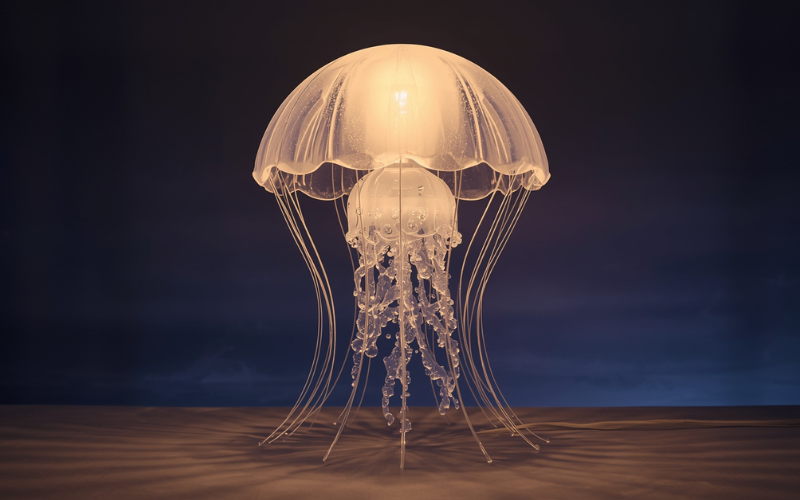
7. Safety Precautions and Best Practices
Safety is paramount when operating any electrical device in your home. Never submerge the lamp’s electrical components or battery compartment in water—this is a critical warning in all manuals. Keep the lamp away from direct sunlight, which can cause water to heat excessively and damage components. Place your lamp on level surfaces only, away from edges where it could fall. Avoid using the lamp in bathrooms or humid environments unless your jellyfish lamp instructions explicitly permits this for waterproof models. Check electrical cords regularly for damage and replace them if worn. Keep the lamp away from children and pets unsupervised. Use only the specified battery type and voltage to prevent electrical hazards. Following these safety recommendations ensures your lamp brings joy safely to your space.
8. Enhancing Your Jellyfish Lamp Experience
To maximize enjoyment and aesthetic appeal beyond basic operation, consider these enhancement strategies. Dim your room’s overhead lighting to allow the lamp’s colors to shine brilliantly. Experiment with different color combinations and lighting effects to match your mood or decor.
Use your lamp’s timer function to create automatic routines and conserve power. Position your lamp where it serves as a focal point—on desks, shelves, or bedside tables. Combine multiple lamps if desired, but check electrical circuit limitations before doing so. Create a relaxing meditation space with your lamp by dimming lights and playing soft music. Replace water promptly during seasonal changes if water quality seems affected. These enhancements, when combined with proper jellyfish lamp instructions adherence, create an immersive decorative lighting experience.
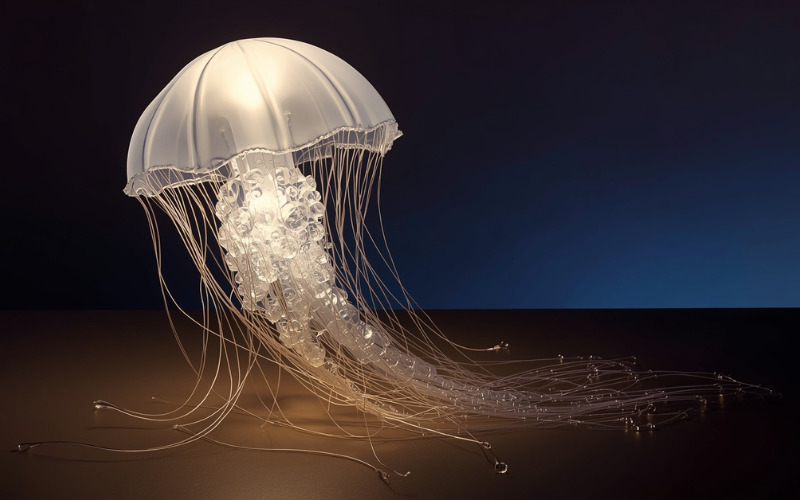
FAQs
Q1. How do I set up my jellyfish lamp for the first time?
A. To set up your lamp, fill it with distilled water about an inch below the top, add 2–3 drops of dish detergent for smooth jellyfish movement, place the jellyfish replicas gently into the water, and securely close the lid. Then power it on and use the remote to customize lighting and effects.
Q2. How often should I change the water in my jellyfish lamp?
A. It is recommended to change the water every 1 to 2 weeks, or sooner if it becomes cloudy. Clean the jellyfish and lamp interior carefully during water changes to maintain clarity and performance.
Q3. Why aren’t the jellyfish moving properly?
A. Jellyfish may not move smoothly due to trapped air bubbles, dirty water, or improper jellyfish placement. Gently push the jellyfish underwater, replace cloudy water, and position jellyfish evenly following your jellyfish lamp instructions.
Q4. What should I do if my lamp overheats?
A. If your jellyfish lamp overheats, turn it off and allow it to cool for at least one hour before restarting. Avoid using the lamp continuously for more than 4 hours to prevent overheating.
Q5. How can I extend the life of my jellyfish lamp?
A. Regularly clean and change the water, follow all safety and maintenance instructions, avoid direct sunlight and excessive heat, and handle jellyfish replicas carefully to keep your lamp functioning well for years.
conclusion
Jellyfish lamp instructions is essential for enjoying the full calming and aesthetic benefits of your decorative jellyfish aquarium lamp. From careful setup and water preparation to regular maintenance and troubleshooting, adhering to these instructions ensures your lamp operates smoothly and lasts for years. Paying attention to safety precautions and exploring enhancements can further elevate your experience.

